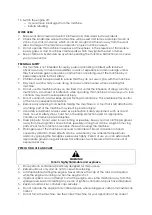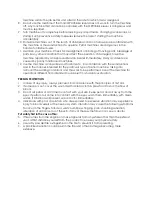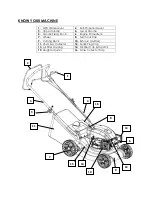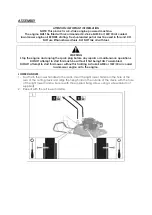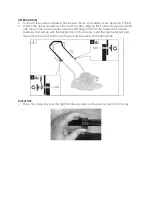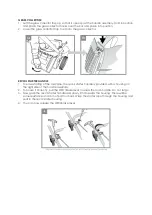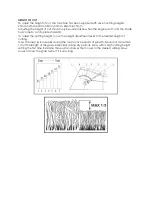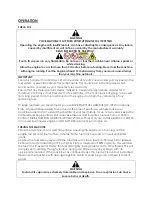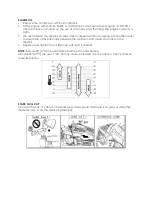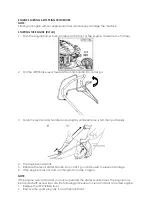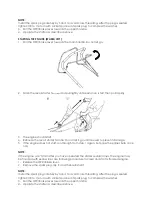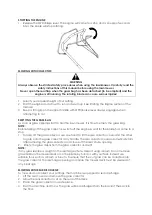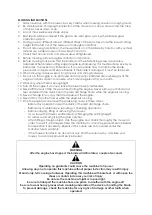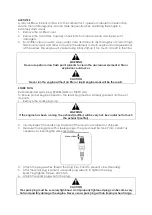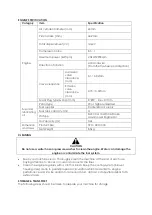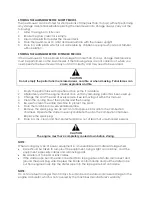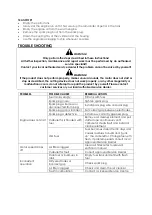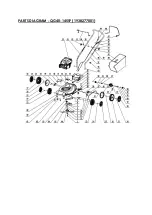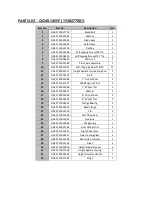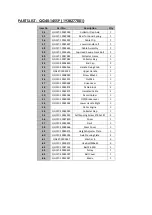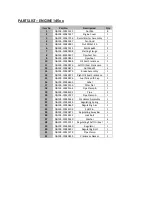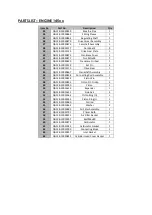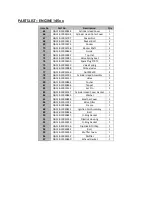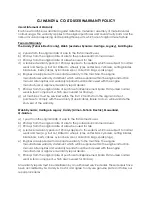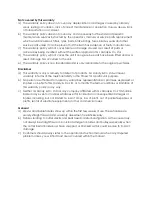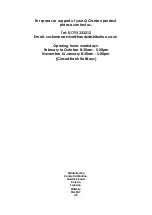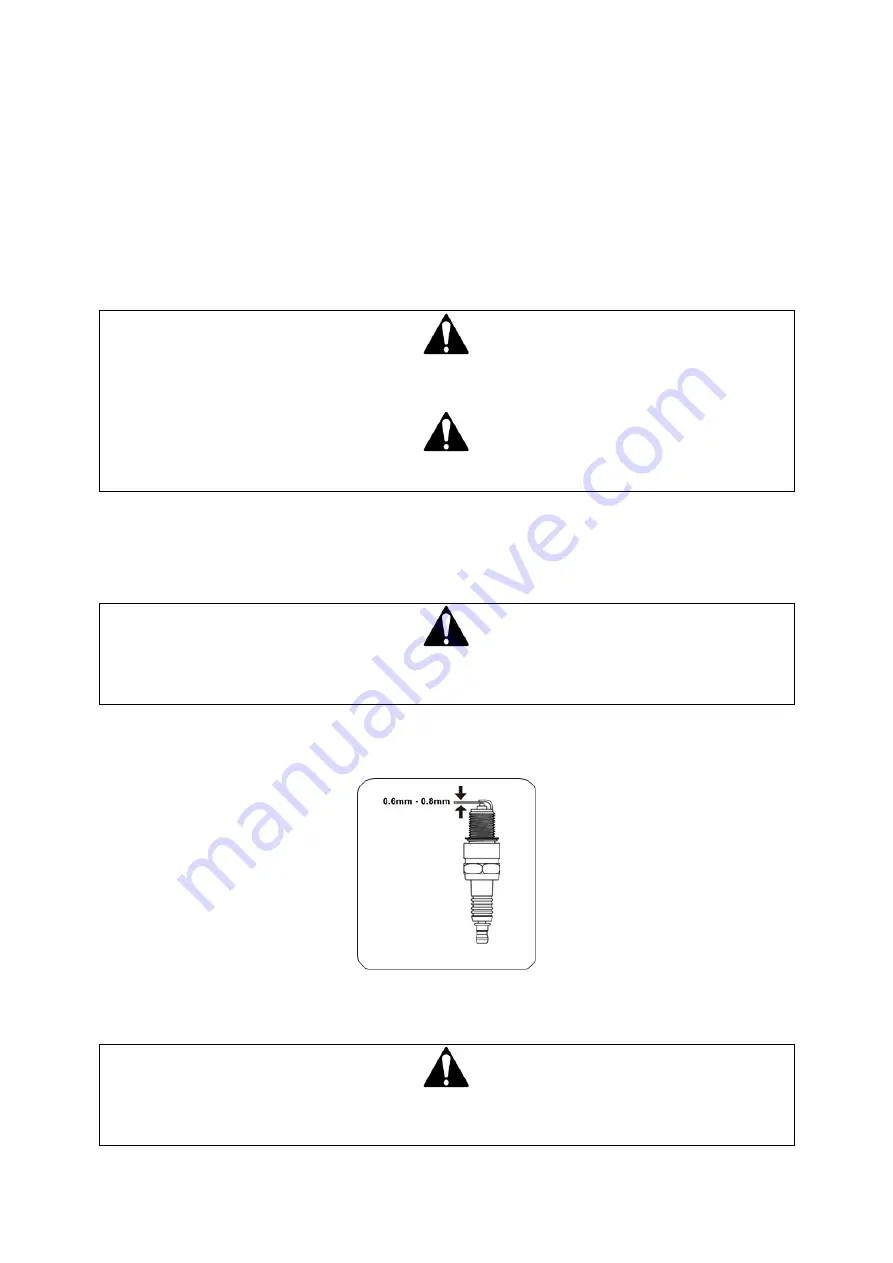
AIR FILTER
A dirty air filter will block air flow into the carburettor. To prevent carburettor malfunction,
service the air filter regularly. Service more frequently when operating the engine in
extremely dusty areas.
1.
Remove the air filter cover.
2.
Remove the foam filter. Carefully check both for holes and tears and replace it if
damaged.
3.
Foam filter: clean in warm soapy water, rinse and allow to dry thoroughly or clean in high
flash
‐
point solvent and allow to dry. Dip the element in clean engine oil and squeeze out
all the excess. The engine will smoke during initial start-up if too much oil is left in the filter.
WARNING
Never use petrol or low flash point solvents to clean the air cleaner element. A fire or
explosion could occur.
CAUTION
Never run the engine without air filter or rapid engine wear will be the result.
SPARK PLUG
Recommended spark plug: BPR5ES (NGK) or F7RTC (LG)
To ensure proper engine operation, the spark plug must be properly gapped and free of
deposits.
1.
Remove the spark plug cap.
WARNING
If the engine has been running, the exhaust (muffler) will be very hot. Be careful not to touch
the exhaust (muffler).
2.
Visually inspect the spark plug. Discard it if the insulator is cracked or chipped.
3.
Measure the plug gap with a feeler gauge. The gap should be 0.6
‐
0.7mm, correct as
necessary by bending the side electrode
.
4.
Attach the plug washer, thread the plug in by hand to prevent cross
‐
threading.
5.
After the spark plug is seated, use spark plug wrench to tighten the plug.
Spark Plug tighten Torque: 20-25 N.m
6.
Attach the spark plug wire to the plug.
CAUTION
The spark plug must be securely tightened. An improperly tightened plug can become very
hot and possibly damage the engine. Never use a spark plug with an improper heat range.
Summary of Contents for QG40-145SP
Page 25: ...PARTS DIAGRAM QG40 145SP 1938277001...
Page 28: ...PARTS DIAGRAM ENGINE 145cc...
Page 35: ......

